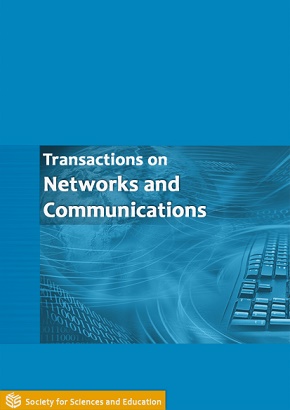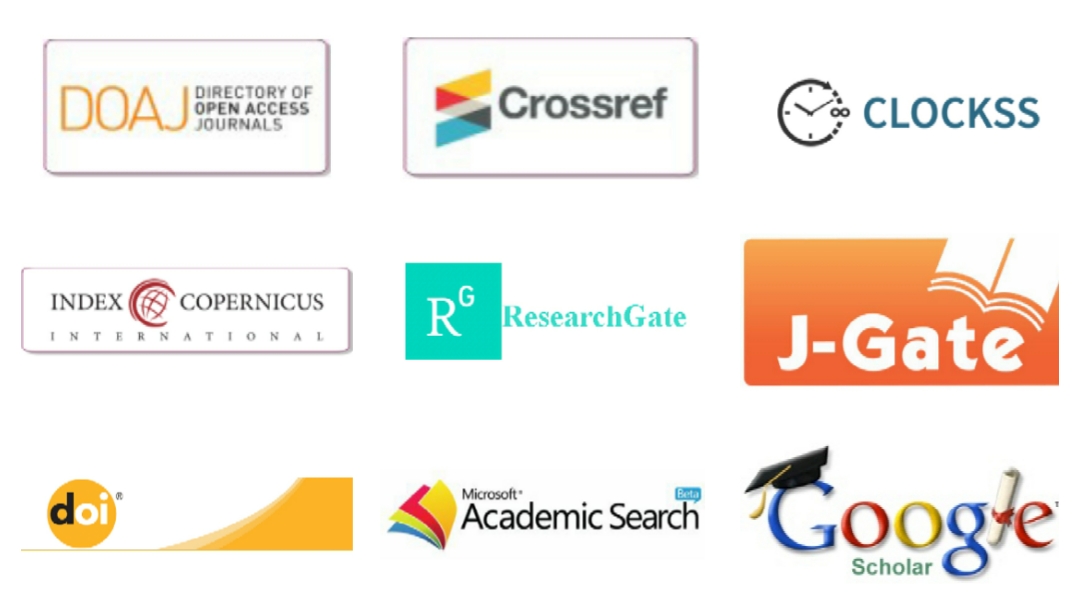An SMS Based Push Email Server
DOI:
https://doi.org/10.14738/tnc.35.1529Keywords:
Communication, Email, SMS, Server, GSMAbstract
The communication industry is ever evolving with new media of communicating between people and these various media have made it impossible to determine the best means of communication. This work in its entirety aims at reducing the stress and vigour that sometimes accompany some of the different means of communication.
The email has proven to be one of the most used means of online communication. However, a major drawback of email communication is that for a mailbox to be accessed, it requires an active and working internet connection which is often times expensive and cannot be afforded continuously by an average individual.
This work was created to eliminate such factor when it comes to using the email as a means of communication by assisting the e-mail account owner to forward his newly received mail by SMS to the user’s mobile phone with or without internet access on the mobile device.
References
(1) Brown, J., Shipman, B. and Vetter, R (2007) MS: THE SHORT MESSAGE SERVICE. HOW THINGS WORK, 5.
(2) Kenneth, W. & Umbach, P. (1997). What is "Push Technology"? 18.
(3) Lifehacker (2014, october 6). Retrieved from Life Hacker: lifehacker.com/271974/push email-to your-phone as-a-text-message-with-flipmail
(4) Gupta, P. (2006). Short Message Service What, How and Where.
(5) Oludare Olaleye, Ayodele Olaniyan, Olalekan Eboda, Adeleke Awolere (2003). SMS-Based Event Notification System. Journal of Information Engineering and Applications.
(6) Pressman, R. S. (2014). Software Engineering: A Practitioners approach McGraw Hill Professional, Fifth edition.
(7) Royce, W. W. (1970). Managing the development of large software systems in technical papers of western show and convention.
(8) Zheng, H. (2009). The utilization of push email in china.
(9) Oludare Olaleye1, A. O. (2003). SMS-Based Event Notification System. Journal of Information Engineering and Applications, 8.






